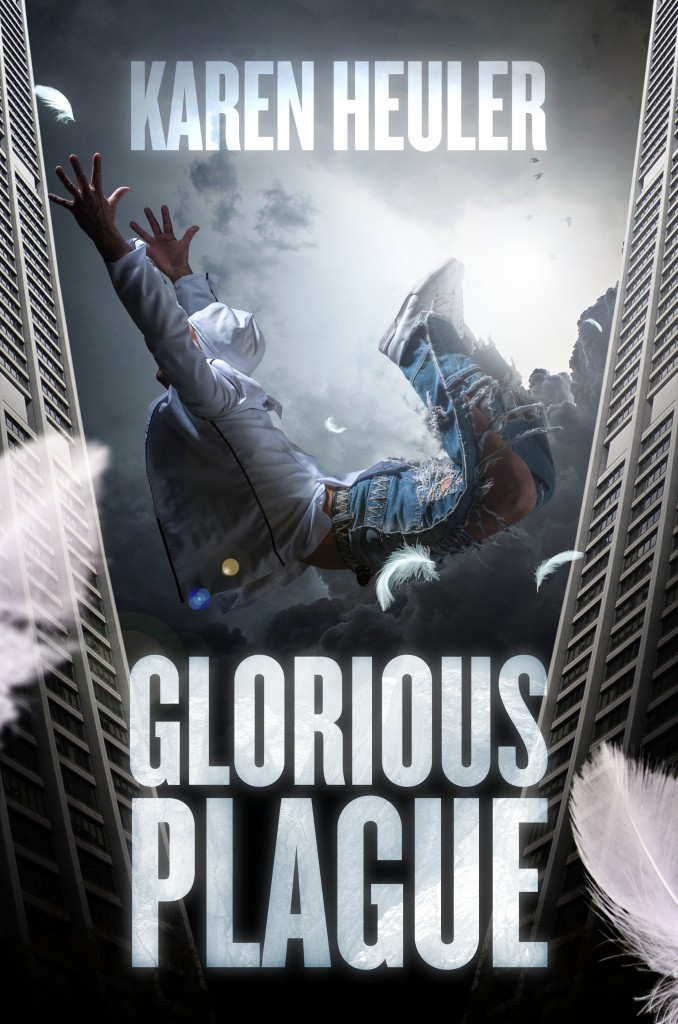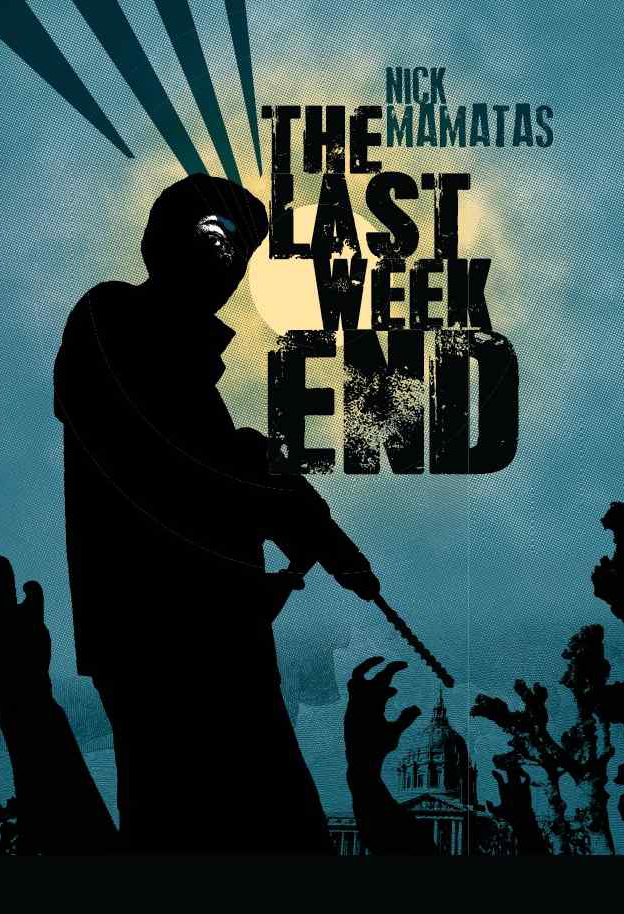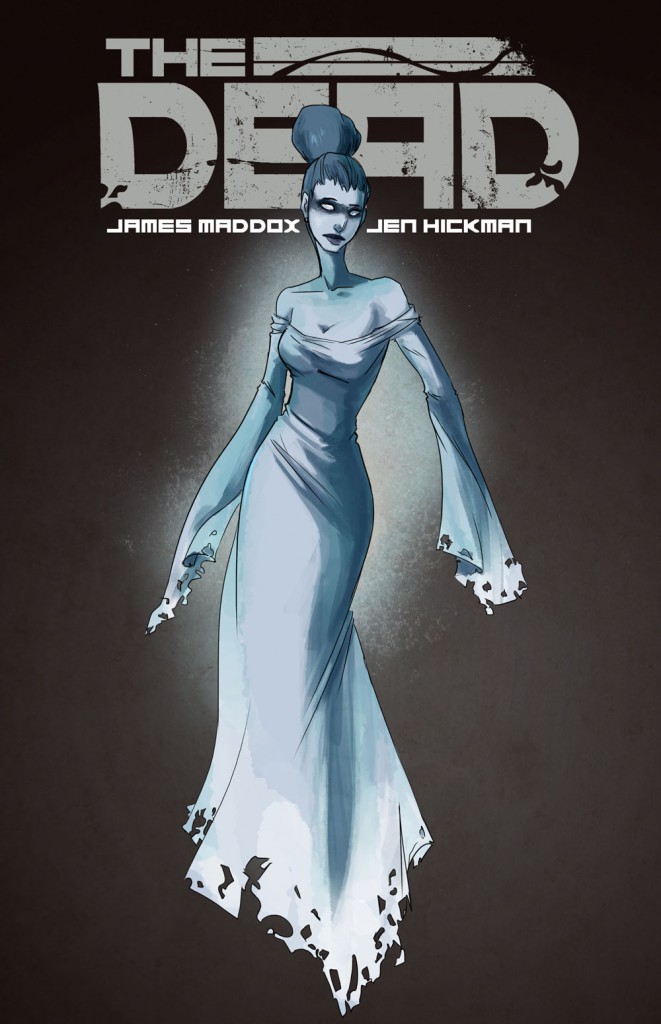Welcome to this week’s installment of The Scariest Part, a recurring feature in which authors, comic book writers, filmmakers, and game creators tell us what scares them in their latest works of horror, dark fantasy, dark science fiction, and suspense. (If you’d like to be featured on The Scariest Part, check out the guidelines here.)
My guest is Karen Heuler, a New York City-based author whom I’ve had the pleasure of knowing socially for a while now. She’s the author of the critically acclaimed short-story collection The Inner City, which was published by ChiZine Publications, the same award-winning outfit that published my novella Chasing the Dragon. (Coincidentally, Karen and I and fellow ChiZine Publications author Chandler Klang Smith are doing a reading together this Sunday, May 4th, in New York City. Details are here. Come see us!) Karen’s latest book is the novel Glorious Plague. Here’s the description:
When a virus leaps the species barrier, people start singing and climbing to the rooftops, to the bridges, to lamp post and road sign, steeple and water tower, singing gloriously, triumphantly, tirelessly—and dying. When it’s all over, Manhattan has to rebuild a new society, and it seems to be having a lot of help in the form of angels, gods, and walking myths. What’s real? And does it really matter? It does to Dale, searching for her missing daughter, and to Omar, an entomologist searching for the cure, if there is one, with little interest from those in the grip of the new order.
And now, let’s hear what the scariest part was for Karen Heuler:
Something caught my eye a while ago about a virus that hits insects and causes them to crawl to the top of the plant. Whatever eats the bug is a link in passing the virus along. Perhaps you’ve seen dead and dangling caterpillars hanging from branches, dark and liquid? That’s the virus.
What if it struck people? Of course these things don’t cross species barriers, of course not. That would be horrible. But if it did and people were forced to climb to the highest point (and how odd that a virus would have exactly this effect on the brain)… and at the same time sang … because heights and singing somehow came together for me… and as the virus struck you were overwhelmed with beauty, with glory, looking for the song that moved you to go higher and higher…
It fascinated me. I had these people on rooftops, lampposts, highway signs, in the crevices of the Palisades and on the struts of bridges. They sang from fire escapes, from tree tops, from construction cranes.
At the end, the survivors have to go on living, and none of them really understand that they’ve changed in ways they no longer notice. There’s a blurring between the real and the stories they’ve heard all their lives. Fairy tales and gods walk Manhattan’s streets even as people see an opportunity to be whatever they want to be, now that the social structure is broken.
But wait. By then I’ve killed millions of people, for the sake of a story.
That may not be scary to you, but it stuns me. When did I become the kind of writer who routinely killed so many people? It takes months, years to write a book—and for all that time the thing I thought about was killing them?
How far I’ve come. How far I’ve fallen.
I’ve been writing for a long time. And for many years, I never killed a character. I don’t think any of them died naturally, either. They could talk about death, think about death, but I liked them too much to kill them.
And then, oh a few decades back, I did start killing them. They died from car accidents, from heart attacks, from cancer or rare disease. I had one story where the author killed off a problematic character out of jealousy. It was a meta-kill.
And each time I killed, it got easier. I often found myself thinking, Would this story be better if someone died? Should I show restraint and only kill one? Which one? And how?
For years I didn’t notice how often I killed people. It was a device, a skill, a literary tool. Tolstoy killed people, Dostoyevsky killed people, I believe Jane Austen did as well, so there was a respectable precedent. Kafka did it; Poe did it; I was an aging English major and I would do it too.
That’s the thing about killing characters: once you start doing it you merely try to find a better way of doing it. You don’t stop. You refine. Apparently I’m the kind of writer who kills without hesitation, and without regret. I will kill again.
But I’m not the kind of writer who lingers lovingly on the kill, who smells the blood and touches the wound.
Bravo for me.
I don’t do death porn.
At least, not yet.
Karen Heuler: Website / Facebook / Twitter
Glorious Plague: Amazon
Karen Heuler’s stories have appeared in over 70 literary and speculative magazines and anthologies, from Clarkesworld to Daily Science Fiction to Weird Tales. Her last book, a short-story collection called The Inner City, made Publishers Weekly’s “Best Books of 2013” list. Her latest book, Glorious Plague, has just been released by Permuted Press. She has received an O. Henry award, been shortlisted for a Pushcart prize, for the Iowa short fiction award, the Bellwether award, and the Shirley Jackson award for short fiction.




